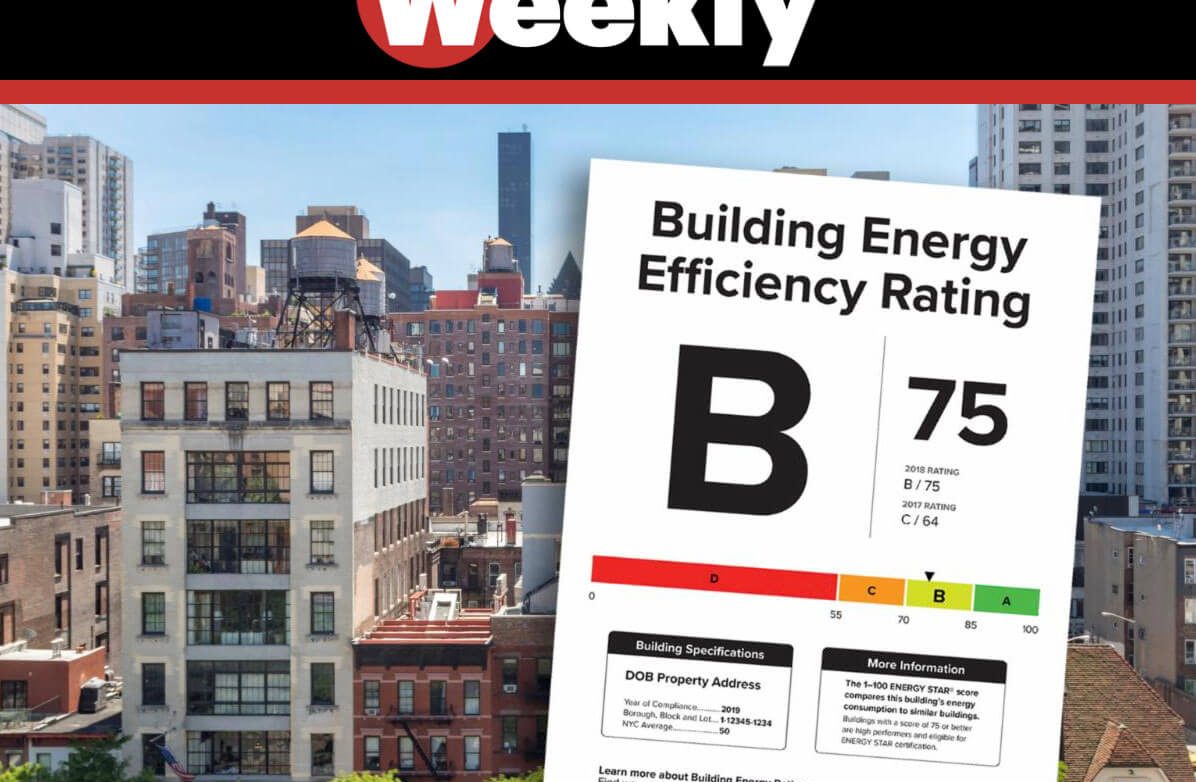By Ira Meister President and CEO – Matthew Adam Properties, Inc.
The foundation of Matthew Adam Properties’ management efforts is a philosophy and practice we call “strategic management.”
It is a disciplined approach to property management and one that has proven very successful over the years. I believe it would be helpful to boards of both condos and co-ops to learn about strategic management and see if they can adopt elements for their properties. This approach is particularly effective as we work our way through the pandemic.
In its basic form, strategic management is adapting sound business principles to property management, which is straightforward as most condo and co-op corporations are multimillion-dollar businesses. All too often, however, this is overlooked, and emotion and lack of discipline become the guiding forces in the operation of a property.
Our goal with strategic management is to listen to the policy preferences of the board and maintain discipline as we implement them with excellent management and innovative thinking.
How does strategic management work?
When we are retained, we immediately evaluate a property to identify its strengths and weaknesses. We then create a program that includes financial issues, service, contracts, maintenance, repairs and long-term capital improvements.
Periodically, the board and our asset manager review the target objectives and evaluate our success in meeting them. This reduces unwanted surprises and takes into account short- and long-term requirements. It is a planned approach rather than the usual Band-Aid cure. When objectives are not met, we analyze the situation and develop alternative methods.
Since we initiated strategic management more than two decades ago, managing properties has changed significantly. The most significant change has been the evolution of technology, which affects so much of what we do today.
Another change has been the emphasis not only on managing a property effectively but on increasing the value of the property and the individual units. Strategic management plays a role, as it provides premium management and services, which are essential. But it goes further. It indicates to prospective buyers that the building is managed efficiently and like a business. The financial records we maintain are up-to-date and accurately reflect the property’s financial condition.
Successful corporations continuously seek ways to innovative and improve their product. For us, it means seeking improvements to provide additional amenities and services for residents. I’m proud that Matthew Adam Properties was a leader in creating unused space as a playroom for children. We did this more than a decade ago at York River House on Manhattan’s East Side using in-house staff to reduce costs.
Speaking of innovation, as part of Matthew Adam Properties’ Green Management Program, we installed water recovery systems in participating properties. The run-off water is saved and used to water plants and trees. Not only does this contribute to saving water, but it also has the economic impact of reducing the city’s continuously escalating water tax, which is now based on usage rather than frontage. In its more sophisticated application, the water can be recycled for use in toilets and HVAC systems.
Our participation in the “green revolution” is a natural outgrowth of our program in seeking innovative ways to maximize resources and provide efficient and effective means to manage a property.
For example, a geothermal well was installed in a multifamily condominium of East 93rd Street — one of the few in Manhattan. It is estimated that geothermal systems are 75% more efficient than oil furnaces and 48% more efficient than natural gas, with costs recovered in as little as two to eight years.
Green initiatives also include improving lighting in public areas — we helped design new fixtures to improve efficiency. Successful businesses provide a healthy and safe work environment, and we encourage the use of non-toxic cleaning products, which are less expensive and more effective.
Strategic management initially provided a path to improving management services. It has evolved over the years into a plan that allows us to adapt to changing times and provide innovative and value-added services for condos and co-ops.





